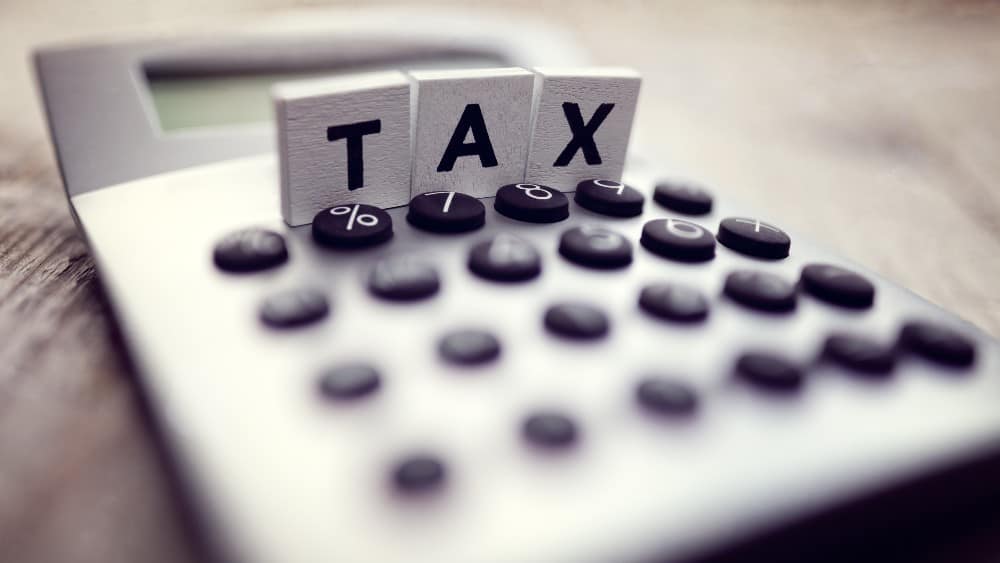The tax-filing deadline this year is April 30, 2022, but taxpayers with Registered Retirement Savings Plans (RRSPs) have a more pressing deadline to meet. RRSP users have eight days from today to contribute and lower their tax payables for the 2021 tax year further.
Note that the Canada Revenue Agency’s (CRA) “first-60-days rule” hasn’t changed. It means you must contribute to your RRSP on or before March 1, 2022, to avail of the tax deduction for the coming tax season.
If you belong to a higher tax bracket, a one-time or additional contribution before the deadline will generate more tax savings. According to tax experts, RRSP users shouldn’t overlook two important strategies to ensure tax deductions every year, if not for the long term.
Income splitting
The CRA allows income splitting between spouses. Married couples or common-law couples can derive tax savings or refunds from a spousal RRSP. One spouse in a higher tax bracket can shift or transfer taxable dollars to a spouse with a lower tax rate.
A spousal RRSP makes financial sense if couples have different incomes or tax brackets. Higher income spouses can make tax-deferred contributions to their lower income partners’ retirement savings. Remember, there are no tax benefits if partners with little or zero income contributes to their own RRSPs.
An important benefit of a spousal RRSP is that the CRA taxes accountholders when they withdraw and not the contributor. Moreover, it will enable retirement assets and future to equalize if one spouse’s income or assets are higher than the other. In case of separation or death of a contributing spouse, a spousal RRSP is convertible to a personal RRSP.
Complementing tax-savings tool
An RRSP and a Tax-Free Savings Account (TFSA) are complementing, not competing, investment accounts especially for tax savings purposes. Canadian seniors derive significant tax-free savings by moving some savings to their TFSAs instead of contributing everything to their RRSPs. Although TFSA contributions are not tax deductible, all withdrawals are 100% tax exempt.
Anchor in an RRSP or TFSA
BCE (TSX:BCE)(NYSE:BCE) is an eligible investment in an RRSP or TFSA. The telco stock can be your anchor in either account because of its reliability as a passive-income provider. Besides the sterling dividend track record of 140 years, the $47.71 billion telco generates billions of dollars in revenue every year.
Current and prospective investors can expect non-stop cash flows for years to come. At $66.72 per share, BCE pays a lucrative 5.52% dividend. Assuming you invest $29,210, or the equivalent of the RRSP’s maximum contribution limit in 2022, the passive income is $1,628.95, or $407.24, every quarter.
Now is the best time to take a position in BCE because the business has fully recovered from the pandemic. Management recently increased the payout by 5.1% following the 3.3% revenue growth to $8 billion in 2021 versus 2020. Also, the emergent 5G network is the growth driver in 2022 and beyond.
Take action
RRSP users still have time to take action at the last minute. Any contribution amount before the CRA deadline will surely result in lower tax payable. You can also contribute to the TFSA for tax-free savings.
The post 2 Ways to Lower Your Tax Payable in 2022 at the Last Minute appeared first on The Motley Fool Canada.
Should You Invest $1,000 In Bce Inc. (usa)?
Before you consider Bce Inc. (usa), we think you’ll want to hear this.
Our S&P/TSX market doubling Stock Advisor Canada team just released their top 10 starter stocks for 2022 that we believe could be a springboard for any portfolio.
Want to see if Bce Inc. (usa) made our list? Get started with Stock Advisor Canada today to receive all 10 of our starter stocks, a fully stocked treasure trove of industry reports, two brand-new stock recommendations every month, and much more.
See the 10 Stocks
* Returns as of 1/18/22
More reading
- The 4 Best Dividend Stocks to Own in Your Retirement Portfolio
- 3 Canadian Stocks to Earn Dividend Yields Over 5%
- 4 Cheap TSX Stocks to Buy Now for Decades of Passive Income
- Rising Volatility: 3 Safe Dividend Stocks to Buy Right Now
- 3 Dividend Stocks Worth Adding to Your Portfolio Right Now
Fool contributor Christopher Liew has no position in any of the stocks mentioned. The Motley Fool has no position in any of the stocks mentioned.




 By:
By:





